Car
How Red Bull is using Artificial Intelligence in Formula 1
by Samarth Kanal
5min read

Red Bull has revealed its uses of Artificial Intelligence and machine learning for the 2025 Formula 1 season, including a system to dispute track sporting penalties.

Sign up for a weekly newsletter and we'll make sure you're fully up-to-date in the world of race technology
It’s widely acknowledged that F1 teams are deploying AI in various ways from assisting with data collection tasks to streamlining organisation, and the FIA is exploring its use in stewarding.
Red Bull has however bucked the trend by revealing specific ways in which it uses AI together with its title sponsor Oracle.
Challenging penalties
The most recent high-profile penalty appeal in F1 came at the 2024 United States Grand Prix when McLaren’s Lando Norris was penalised five seconds for “leaving the track and gaining an advantage” in his battle with eventual drivers' champion Max Verstappen of Red Bull.
The FIA’s regulations stipulate which sporting penalties cannot be appealed and the International Sporting Code gives teams a 30-minute window to lodge a protest after the provisional classification has been published.
To help it process the regulations, previous breaches of rules and generate swift responses, Red Bull now uses Oracle’s GenAI technology that consists of a large language model (LLM) and retrieval-augmented generation (RAG).
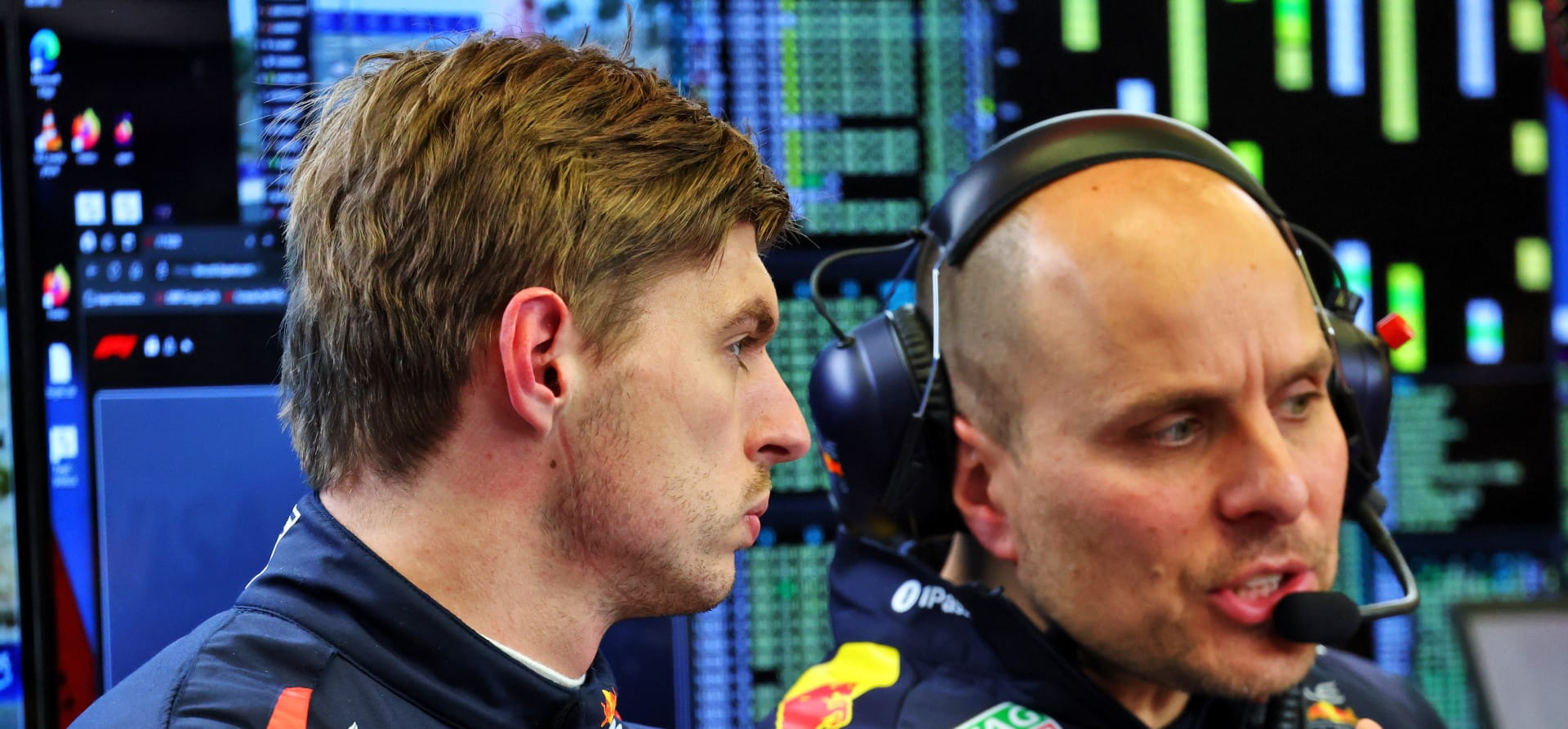
Oracle’s large language model will be used to sift through data and generate responses to queries swiftly in order to appeal sporting penalties
An LLM is an algorithm trained on massive datasets that can then be used to perform tasks that a human might find time-consuming, such as data analysis or text generation. Chat GPT is one example of an LLM.
RAG is a method to introduce a large dataset to an LLM. The sources of that data can be controlled and tweaked by developers to ensure a relevant set of data is used to produce results.
Use of an LLM should save significant time for the team as, when a penalty is handed to a driver, team members will quickly scrub through video, photographs, and documents, to build a compelling appeal case.
It is thought that human input will still be required to ensure the F1 team’s penalty appeal adheres to the FIA’s sporting codes.
Reducing simulation times
F1 teams perform billions of simulations to find the optimal race strategy for a specific sprint and grand prix.
While a team might have narrowed in on a pit window in which to change tyres during a race, rival cars can affect those decisions - as can weather.
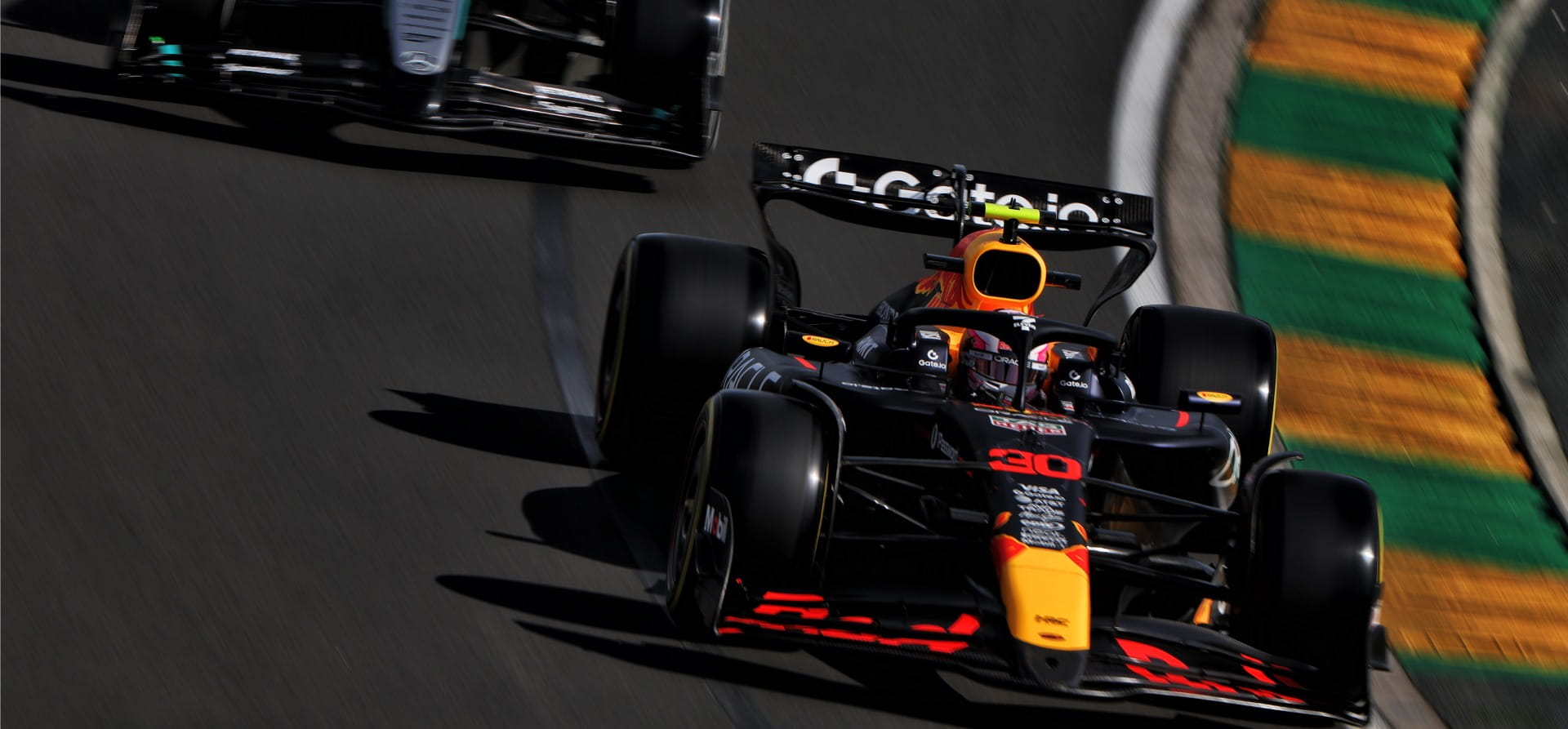
AI will be used to bolster Red Bull’s strategy simulations and decision making
Red Bull is now using Oracle Cloud Infrastructure (OCI) before, during, and after races to react to variations in track conditions and competitors’ actions and hone in on the best decision it can make for a particular given situation.
“Since moving its race strategy infrastructure to OCI in 2021, Oracle Red Bull Racing has already increased the speed of its simulations by 25%, giving the team a significant strategic advantage on race day,” said Oracle.
Developing a power unit
Red Bull has been developing its own power unit through Red Bull Powertrains since 2021 but, from 2026 onwards, Ford will join the team. This coincides with the new technical ruleset.
Red Bull Powertrains is using OCI to develop the physical production power unit that will power its F1 car from 2026.
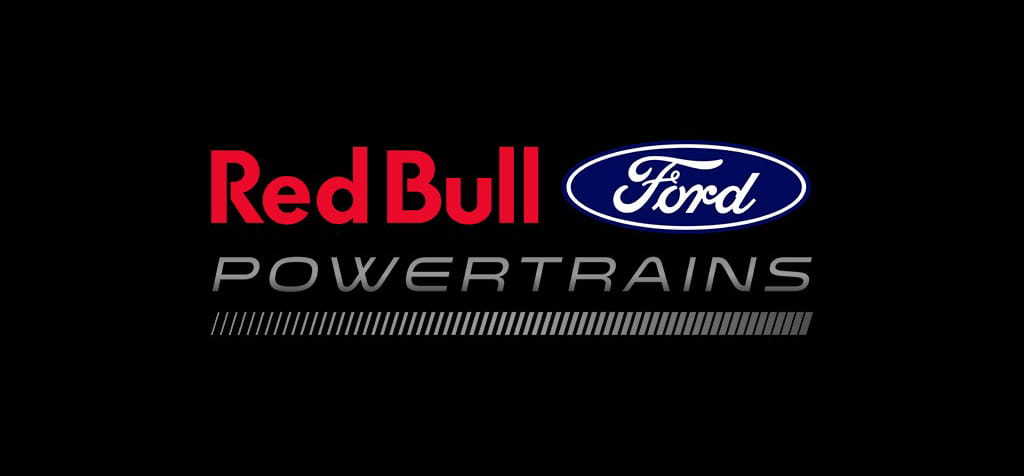
Red Bull Powertrains will be joined by Ford from 2026
“Since the start of our partnership, Oracle has given us a technical advantage that has helped us win races, championships, and fans,” said Red Bull team principal and CEO Christian Horner.
“Performance gains are the lifeblood of competition in F1, and Oracle Cloud Infrastructure is the best choice to help us reach our goals on the track.”
From the 2025 season, Red Bull will deploy Oracle’s AI tools across its computers trackside, at its headquarters in Milton Keynes, UK, and to remote staff to standardise its use of machine learning tools and speed up working processes.
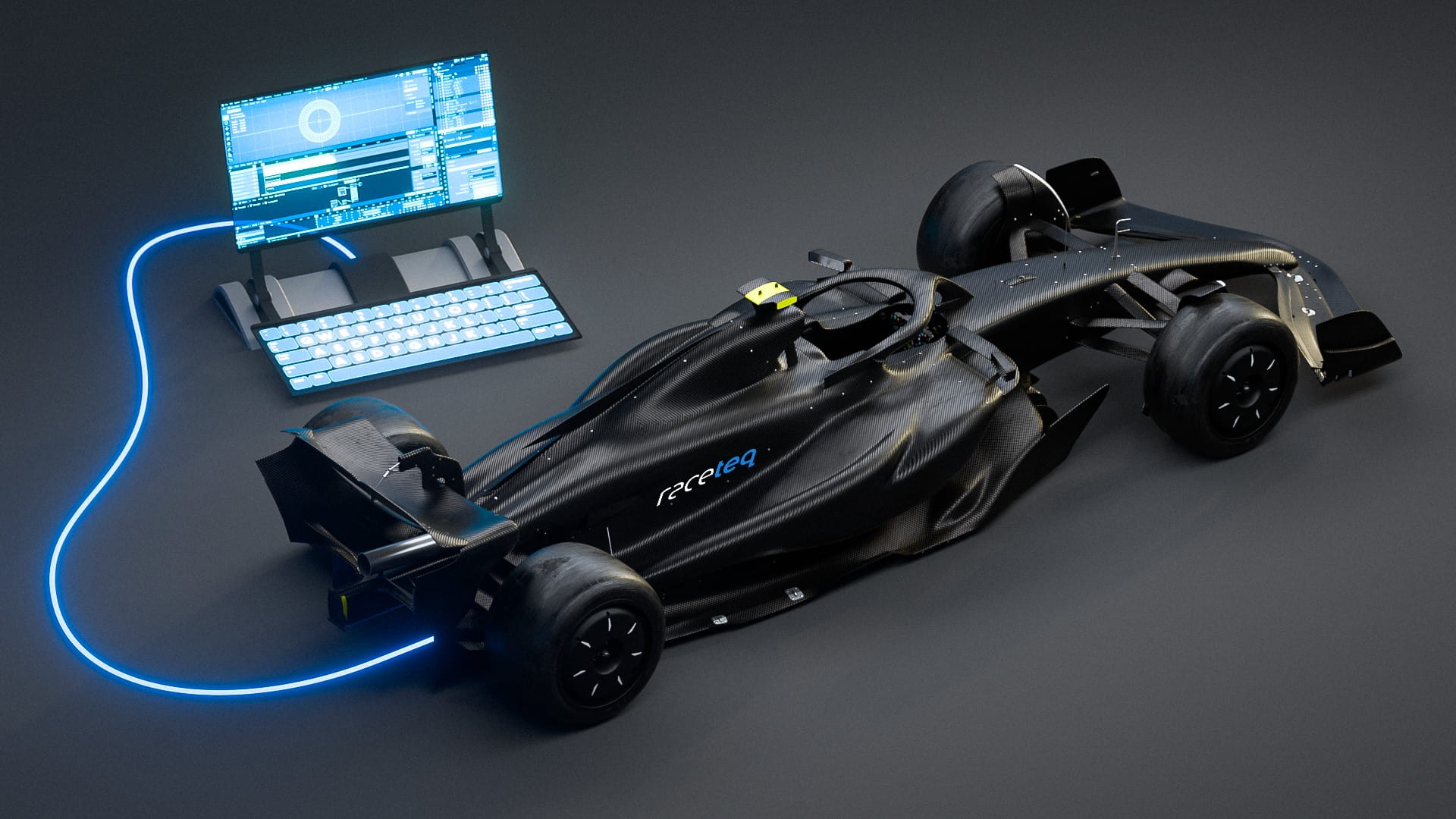


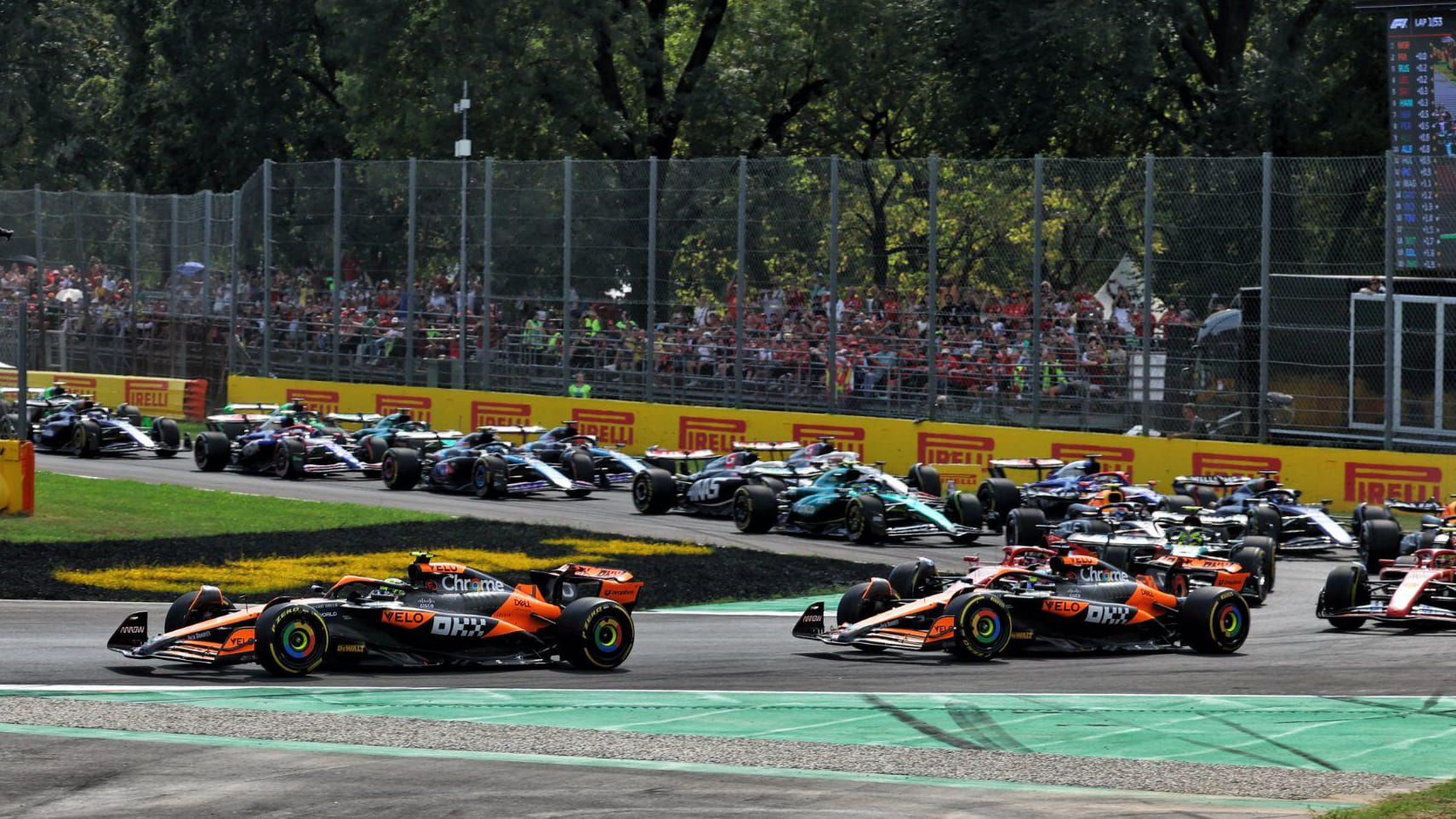
.jpg?cx=0.5&cy=0.5)